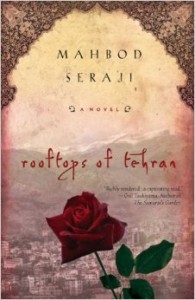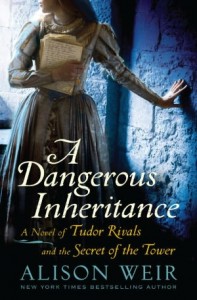




If you haven’t heard of Downton Abbey you may be living under a boulder, but if you haven’t watched it yet or haven’t had an interest, it follows a fictional family who are landholders in the early 20th century in Britain, and the equally full and changeable life of the servants ‘downstairs’, both of whom face many challenges and change during the first world war and into the 1920s.
Thankfully the sweeping success of the PBS series Downton Abbey has so far avoided an annoying flood of all things commercial related to Downton Abbey like personalized coffee cups and aprons, but I suspect people would buy them! One pleasant result of the popularity of the show is a book by the current Countess of the real Downton Abbey, actually called Highclere Castle.

The real current Countess!
Although not being a professional writer that I know of, the Countess draws upon numerous letters, pictures, visitor books and household accounts to tell us the story of a truly extraordinary woman named Almina Carnarvon and the family she married into, the people who worked there, and the actual time period the Castle went through during the first world war when it actually did become a hospital!
Almina was a hugely wealthy heiress who married George Herbert (the 5th earl of Carnarvon) who is most well known for his love of travel and Egypt, and his discovery of the tomb of Tutankhamun with Howard Carter. Almina may have been a small woman (just over five feet tall), but her spirit and her generosity more than made up for it. The story takes us through her life with a surprising amount of detail on her actual life and feelings as well as the entire landscape around her. Reading it will be familiar for watchers of Downton Abbey, as you can now easier visualize the descriptions of the great estate and the people within. Much of the book is focused on her husbands obsession with Egypt that eventually landed him in his grave. Looking at the pictures of Almina and George in full regalia, it could be easy for these people to feel remote and inaccessible to the modern reader, but somehow it never feels snobby or forced and that may be a testament both to an author who really cared about her subject and the personality of Almina herself.

I wouldn’t call this a literary marvel, and it may be a bit boring for all but those clearly interested in Edwardian England, but it is still a well-written cosy read and well worth your interest.










